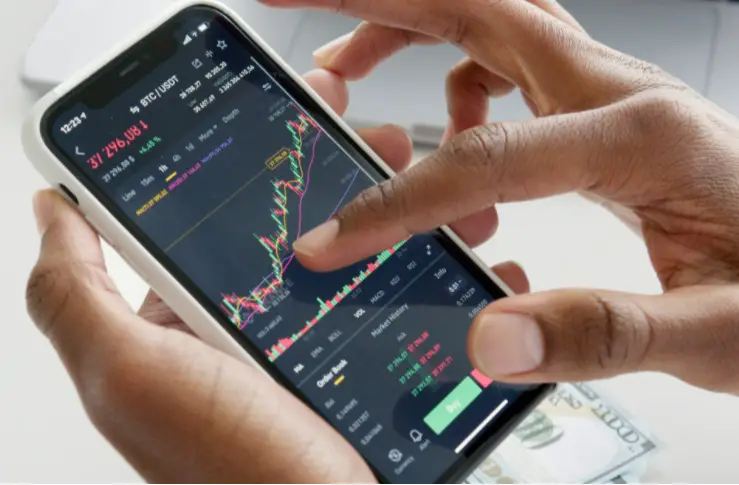Robinhood stock dropped to $7 per share, putting its market value as less than its cash on hand, as tech and growth assets deflate and investors fret over rising inflation and tighter monetary policy.
S&P Global Market Intelligence Senior Research Analyst Tom Mason said, “Retail investors are just ditching growth stocks — any kind of risky investments right now. I think what we’re seeing on the retail side is like the broader market, where people are reallocating. So they’re just— they’re not necessarily leaving the market entirely. They’re just going into less risky investments.”
Robinhood had rocketed to $85 per share days after its IPO in July of 2021. The investing platform got massive exposure during the short-squeeze of meme stocks, both as a popular platform, and for suspending buying of the stocks at critical times, in ways which could have benefited big hedge funds with short positions, by still allowing selling.
But by middy Thursday, it was down to below $7 per share, where it sat until markets closed.
Mason said the company would benefit if it would “actually acquire a bank… so that they would get more deposit income — any kind of net interest revenue.”
Mason went on, “Robinhood needs to grow along with their customers. I think that asset management would make total sense, as millennials get older and start to think more about wealth planning.”
As with other brokerage firms, Robinhood makes a portion of its revenue from Payment For Order Flow (PFOF), receiving a commission for directing orders through market makers. The SEC has recently indicated that it is formulating new rules for PFOF, which could impact a portion of Robinhood’s revenue flow. If, in a worst-case scenario, the practice were banned, Mason says Robinhood’s stock could be halved.
He explained, “Since Robinhood makes up about half of its revenue from payment for order flow, it also has some crypto transaction rebates, some fees from options trading — but I think that would… cut the stock in half at least.”

